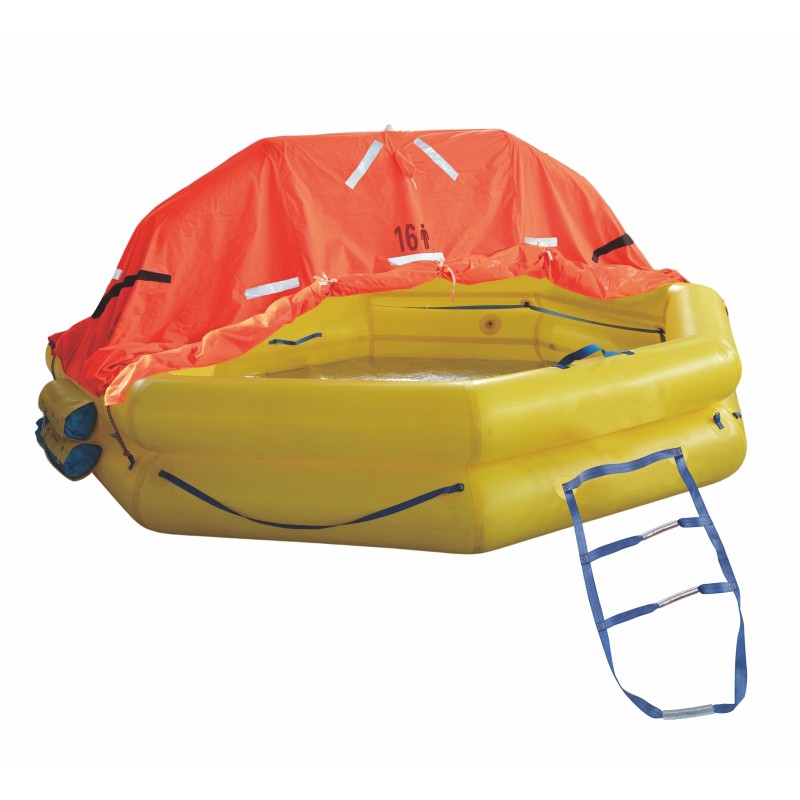Enhancing Durability and Reliability: The Role of TPU Composite Adhesive in Life Rafts
2024-04-09
Introduction:
In the realm of maritime safety, life rafts play a crucial role in ensuring the survival of crew members and passengers during emergencies. The durability and reliability of these life-saving devices are paramount, especially in challenging marine environments. One significant innovation that has greatly contributed to the improvement of life raft performance is the use of TPU composite adhesive. In this blog, we'll explore how TPU composite adhesive enhances the durability and reliability of life rafts, ensuring they can withstand the rigors of maritime emergencies.
1. Superior Strength and Toughness:
Thermoplastic Polyurethane (TPU) is renowned for its exceptional strength and toughness. When used as a composite adhesive in life rafts, it reinforces the structural integrity of the raft, making it more robust and resilient. TPU's high tensile strength and tear resistance properties ensure that the life raft can withstand impacts, abrasions, and rough handling without compromising its functionality.
2. Resistance to Environmental Factors:
Maritime environments can subject life rafts to a range of environmental factors, including saltwater exposure, UV radiation, temperature fluctuations, and chemical exposure. TPU composite adhesive offers excellent resistance to these environmental stressors, ensuring that the life raft remains durable and reliable even in harsh conditions. It prevents degradation, delamination, and corrosion, thereby prolonging the raft's lifespan and ensuring its effectiveness over time.
3. Flexible and Elastic Properties:
Flexibility and elasticity are essential attributes for life rafts, as they need to withstand dynamic forces during inflation, deployment, and use. TPU composite adhesive imparts flexibility and elasticity to the raft's construction, allowing it to stretch and deform without rupturing or tearing. This flexibility ensures that the raft can accommodate occupants comfortably while maintaining its structural integrity, even under load.
4. Bonding Strength and Adhesion:
The adhesive bonding provided by TPU composite adhesive enhances the cohesion and adhesion between the various components of the life raft, such as fabric panels, seams, and inflation chambers. This strong bonding ensures that the raft remains airtight and watertight, preventing leaks and maintaining buoyancy in the water. Additionally, TPU adhesive bonds resist peeling, delamination, and separation, even under high stress or strain conditions.
5. Lightweight and Compact Design:
Despite its exceptional strength and durability, TPU composite adhesive contributes to the lightweight and compact design of life rafts. Compared to traditional adhesive materials, TPU offers a higher strength-to-weight ratio, allowing for the construction of lighter and more compact rafts without compromising on performance. This lightweight design facilitates easier handling, deployment, and stowage of the life raft aboard vessels.
Conclusion:
In conclusion, the incorporation of TPU composite adhesive in life rafts represents a significant advancement in maritime safety technology. Its superior strength, resistance to environmental factors, flexibility, bonding strength, and lightweight design contribute to the durability and reliability of life rafts, ensuring they can withstand the demanding conditions of maritime emergencies. As a result, TPU composite adhesive plays a crucial role in enhancing the safety and survivability of crew members and passengers at sea.



